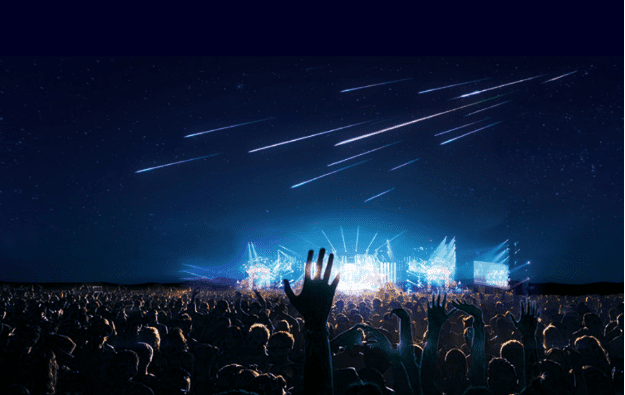The latest venture in the burgeoning field of private aerospace might be fake meteor showers. A Japanese company wants to revamp the whole fireworks experience by offering on-demand shooting stars that light up the sky at a precise location and timing. Some people, however, are concerned that the firey debris might spell trouble for satellites in the same orbit, which happens to be preferred by intelligence agencies.
Artificial shooting stars
Astro Live Experiences, or ALE, plans on firing its first shooting star show in the summer of 2019. If all goes well, a buyer — which can be anyone from a city looking to offer its citizens something different to a wealthy rancher who wants to surprise his daughter — will be treated to a meteor shower lasting a couple of seconds. At the right moment, a spacecraft would eject 15 to 20 small metallic pebbles on command, each less than half an inch wide. The pebbles are made from the same heat shield material that lines the bottom of space capsules, which chars rather than burns upon atmospheric re-entry.
The company is the brainchild of University of Tokyo astronomer Lena Okajima. Initially, it was supposed to be an unconventional opening light show for the 2020 Tokyo Olympics but the researchers found they could turn the project into a demand service around the world. While some private ventures, such as SpaceX or Blue Origin, are in the business of sending astronauts, cargo, and even tourists into space, ALE is in the business of entertainment.
In December, ALE plans on launching two microsatellites below an altitude of 220 miles. Each $3-million microsatellite weighs 150 pounds (68kg) and carries 300 to 400 shooting star particles, along with enough propellant for 27 months of operation in orbit. When the fuel runs out, the microsatellite will be burned in Earth’s atmosphere. The ultimate plan is to set up a constellation of six such satellites capable of serving light shows round the clock, almost anywhere on Earth.
But not everyone is following ALE with 4th of July enthusiasm.
“I salute them for cleverness and for their technical expertise, but from an orbital debris standpoint, it’s not a great idea,” University of Michigan astronomer Patrick Seitzer told BuzzFeed News. “I’m concerned space will be getting crowded in low-earth orbit in the next 10 years.”
In their defense, ALE claims it has run simulations releasing particles for every hour a year against the US Strategic Command’s satellite trajectory catalog, finding there was no risk of collision. What’s more, the particles are supposed to fire for only 4-5 seconds before rapidly falling to 37 miles above Earth, which is too low for low-Earth-orbit satellites and too high for experimental balloons.
There are currently only 40 or so official satellites traveling in low orbit below 220 miles above Earth’s surface. There are, however, some orbiting bodies that aren’t listed in the catalog, such as spy satellites. But in the future, this sparse orbit is expected to get crowded — and fast. For instance, Elon Musk’s SpaceX plans to put 7,500 new broadband internet satellites in orbits about 210 miles high, just below ALE’s satellites.
The first ALE launch has already been approved by the Japan Aerospace Exploration Agency. If all goes well, the world should get a test of the first artificial meteor shower in 2019.










